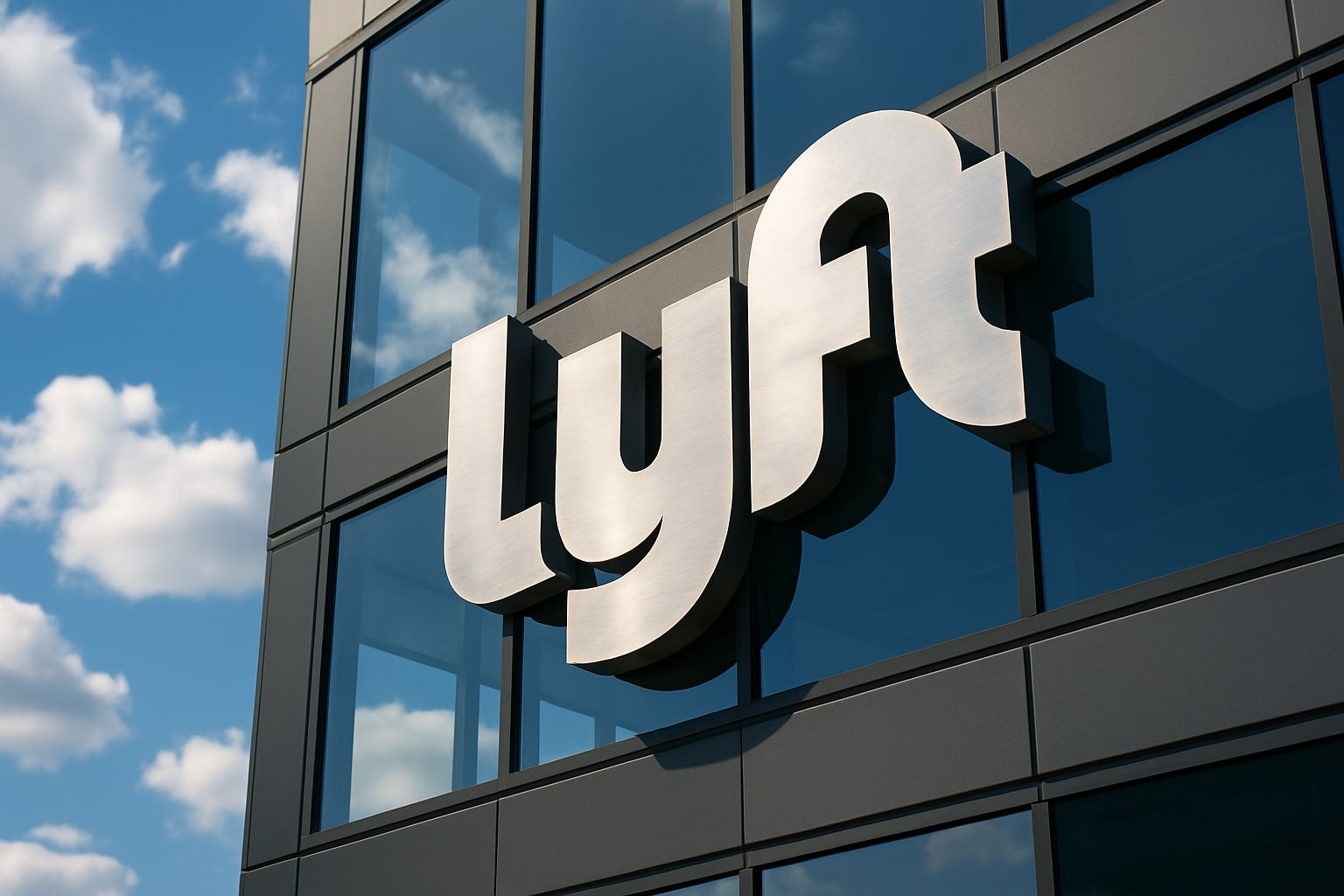
Lyft Stock Price Forecast - LYFT at $22.02: 81% Annual Gain, Waymo Robotaxis, and Europe Expansion Fuel Upside
With NASDAQ:LYFT posting $6.11B revenue, $993M free cash flow, and a Waymo robotaxi launch in 2026, analysts see 25–30% upside toward $30 | That's TradingNEWS
NASDAQ:LYFT Stock Price Action and Market Performance
Read More
-
SCHG ETF Near $33 High As AI Giants Drive 19% 2025 Rally
01.01.2026 · TradingNEWS ArchiveStocks
-
XRP-USD Stuck At $1.87 As XRPI Near $10.57 And XRPR Around $14.98 Despite $1.16B ETF Wave
01.01.2026 · TradingNEWS ArchiveCrypto
-
Natural Gas Price Forecast - NG=F Slides Toward Key $3.57 Support As Ng=F Extends 33% Drop
01.01.2026 · TradingNEWS ArchiveCommodities
-
USD/JPY Price Forecast - Yen Near 156 As Fed Cuts Meet Boj Hawkish Turn
01.01.2026 · TradingNEWS ArchiveForex
Risks from Regulation, Execution, and Margins
Risk factors remain serious. Lyft’s profit margin of 1.51% is too slim to absorb shocks from regulatory or competitive pressures. Insurance remains a structural headwind, with auto insurance CPI in high single digits weighing on cost structures. Europe’s fragmented rideshare regulations add integration risk to Freenow, while execution challenges in scaling AV partnerships could dilute returns. With short interest at 16.24% of float, or 65.39 million shares, NASDAQ:LYFT stock remains vulnerable to volatility on both positive and negative headlines.
Institutional Positioning and Insider Signals
Institutions own 94.81% of Lyft shares, while insiders hold 3.99%, aligning the company with large-scale Wall Street players. Insider activity, which can be tracked via Lyft insider transactions, will be critical to measure confidence. The elevated short interest suggests traders remain skeptical, but institutional support reflects conviction in the longer-term pivot. The combination of buybacks, positive free cash flow, and autonomous partnerships could squeeze short sellers further if execution delivers.
Final Investment Stance on NASDAQ:LYFT Stock
At $22.02, Lyft is no longer the speculative growth story of its IPO years. The company has transformed into a profitable, free-cash-flow generative rideshare leader, with nearly $1 billion in cash flow, record gross bookings, and a network of AV and global partnerships reshaping its future. The risk profile is still high, but so is the potential reward. The Waymo partnership and Freenow expansion make Lyft more than just a rideshare company — they position it at the intersection of autonomous driving and global mobility aggregation.
Verdict: NASDAQ:LYFT is a Buy, with 12-month upside potential to $25–$30, representing 25–30% growth if execution holds. While volatility remains, the structural turnaround story makes Lyft one of the most compelling mid-cap plays in the mobility sector. For ongoing updates, monitor Lyft’s stock profile and real-time insider moves.


















